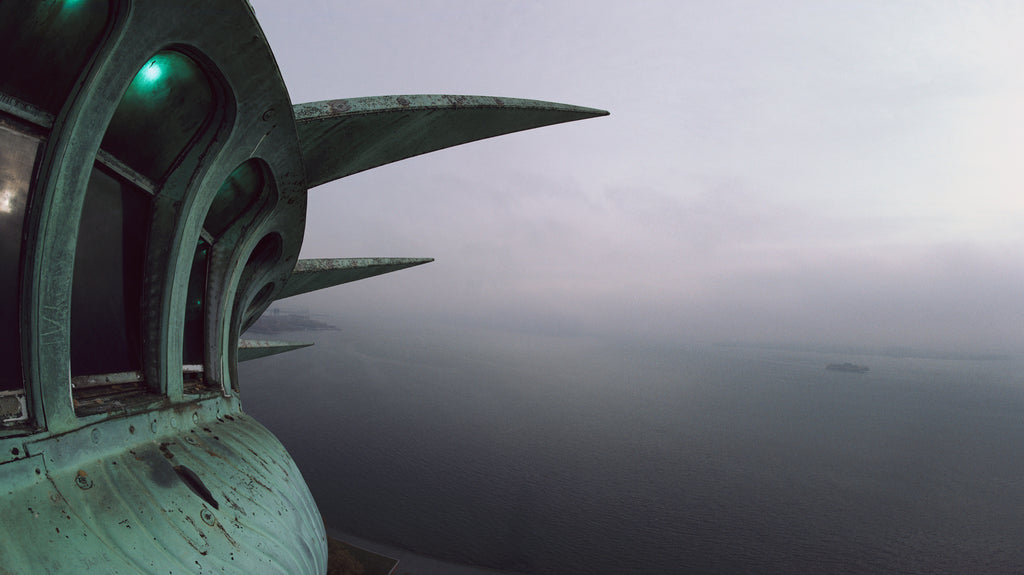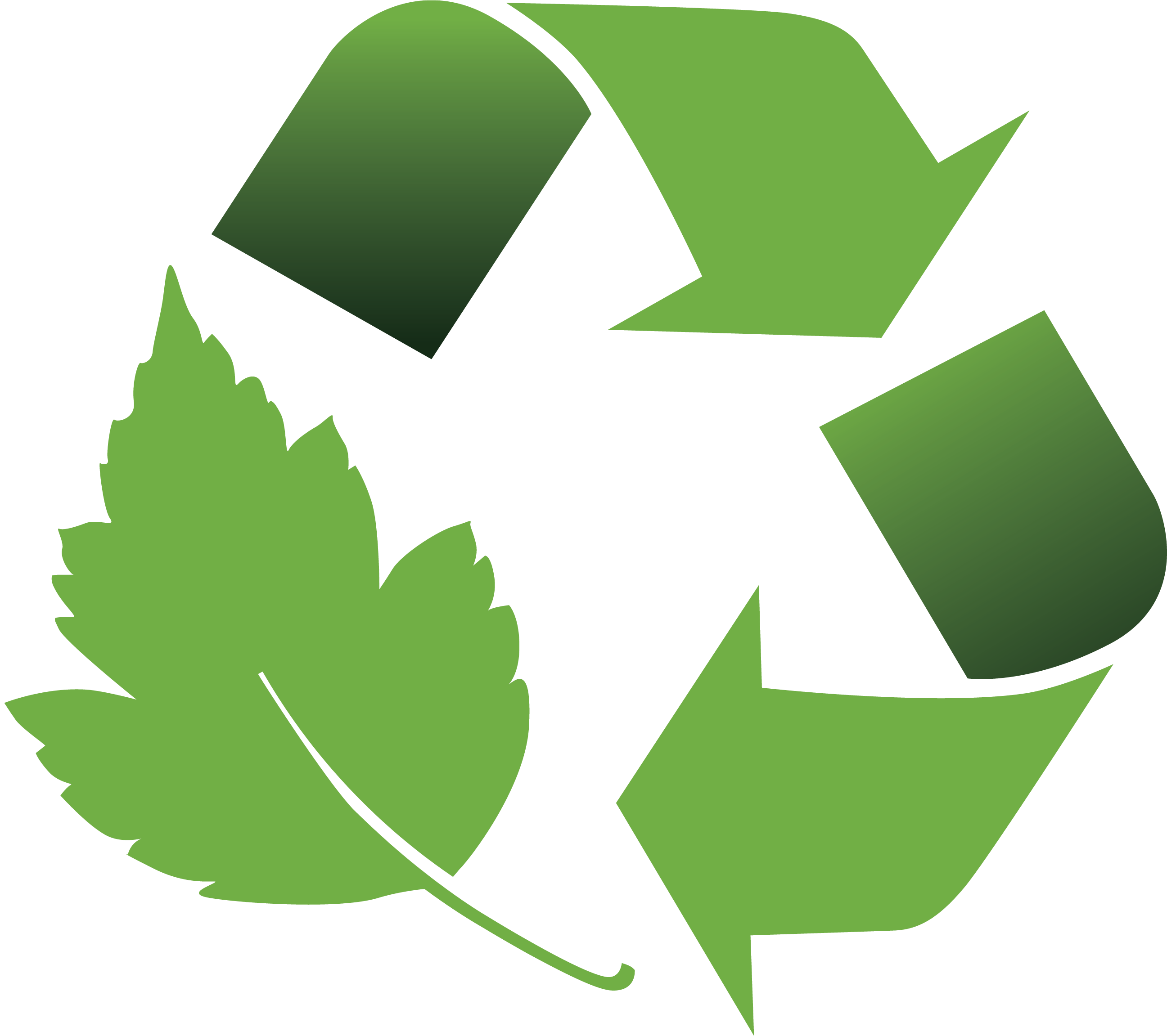The Story Behind Intercept Technology

What do Bell Labs, Volkswagen, the Statue of Liberty, car engines, the environment, and Intercept Technology™ have in common?
In early November 2009, South Africa’s Chamber of Commerce presented its 2009 Environmental Award to Volkswagen. This honor might have little in common with Alcatel-Lucent or the telecom industry except for one thing –Volkswagen won the “green” award because of a little-known Bell Labs innovation called Intercept Technology™.
Intercept Technology™ is an integral part of packaging material that Volkswagen uses to keep its car parts and engines from corroding during shipping. The technology prevents harsh elements from penetrating the package and harming the goods inside, and is environmentally safer than commonly used oils and minerals that can damage the environment and require costly and time consuming clean-up and disposal. The entire Intercept® packaging is 100 percent recyclable.
It All Began with the Statue of Liberty
The Intercept Technology™ was developed in the mid 1980s by John Franey, who at the time was a Bell Labs researcher trying to solve atmospheric contamination and costly corrosion of the company’s equipment, especially the circuit packs that were at the core of the telecom‘s technology. Today he is part of the Reliability Physics team in Alcatel-Lucent’s Carrier product activities, working to make Alcatel-Lucent’s products more reliable.
Due to his expertise in corrosion research, Franey was invited to help ‘spruce up’ France’s gift to the people of the United States -- the Statue of Liberty -- in time for her centennial celebration in 1986. Over the decades the Statue’s pure copper sheathing had developed a protective green patina, which actually is the result of copper corrosion. In some areas however, the copper was corroded from the inside due to water pocketing from leaks at the seams and other openings. This corrosion had eaten through the copper’s thickness creating both holes in the copper and deteriorating the internal steel frame work – which threatened the structural integrity of the Statue.
All of the steel was replaced from the inside but the restoration task force needed to replace some of the Statue’s old copper. But the new copper did not match the 100-year-old copper, and Lady Liberty could have looked like she was wearing an old patchwork dress. While researching the problem at his office in Murray Hill, NJ, Franey looked up one day and made an important observation. “The patina on the roof of Murray Hill’s [Alcatel-Lucent’s North America HQ location] Arnold Auditorium was similar in color to the Statue of Liberty,” he said.
On a hunch, he took samples of the Statue and roof and discovered that they both had the same formation of crystals on their surfaces. Franey realized he could dramatically speed up the patina process by “seeding” the auditorium’s patina onto the new copper that would be used to repair the Statue, thus initiating the green corrosion needed to match her dress.
First he removed the patina from the new copper sheets without damaging its crystalline structure. He then suspended the patina in a liquid solution containing binders that promoted attachment and growth, and then sprayed the solution onto the sheets. Within three weeks the copper began to show signs of age, and within three months it matched the rest of the Statue.
A Crystal Clear Solution
Corrosion takes place whenever there is a defect in the copper. Over time, many types of copper complexes (crystals) form. Most of them are removed by rain and wind, and what is left is a natural crystal that is environmentally friendly.
“If you identify the predominant crystal that forms the patina on the Statue of Liberty and place that crystal at the defect site on the statue, it will start selectively growing. In this case, the particular crystal formed at a very low rate, so it took 15 to 20 years for enough of it to cover the copper.
“By placing (or seeding) the correct crystal structure at the defect sites I could promote (speed up) the formation of that type of crystal on the surface,” he continued. Within three weeks enough of the right patina grew to a layer thick enough to match the Statue’s copper. “Kind of like creating the Statue’s own crystal DNA.”
Classic Bell Labs
Now that he knew how to speed the aging process of copper, he turned his attention to his original assignment at Bell Labs, which was to slow it down.
In classic Bell Labs style, where trying solving one problem opens doors to solving others, Franey decided to take the opposite approach. Using the knowledge gained from the Statue of Liberty restoration project, he invented a material that acted as a corrosion inhibitor to greatly slow the corrosion process.
Because Bell Labs was not in the plastic bag business, the invention was developed as a new venture and sold to a company called Engineered Materials, Inc. (EMI), which specializes in protective plastics and packaging. Bell Labs established an agreement with EMI to develop a Static Intercept® Technology Group of diverse global manufacturers along with distribution resources. Intercept Silver & Jewelry Care, as a member of the Intercept Technology Group and working with EMI, is the master distributor and manufacturer of anti tarnish products for the jewelry industry after introducing it over 20 year ago. Alcatel-Lucent uses Static Intercept® technology as its primary product packaging today.
Award-Winning Technology
When he heard about the Environment Award for his innovation, Franey was pleasantly surprised. “I knew my invention would be useful in eliminating corrosion,” he smiled. “But I didn’t foresee that 20 years later it would be recognized for replacing environmentally unfriendly corrosion-protection products and lowering our carbon footprint.”




